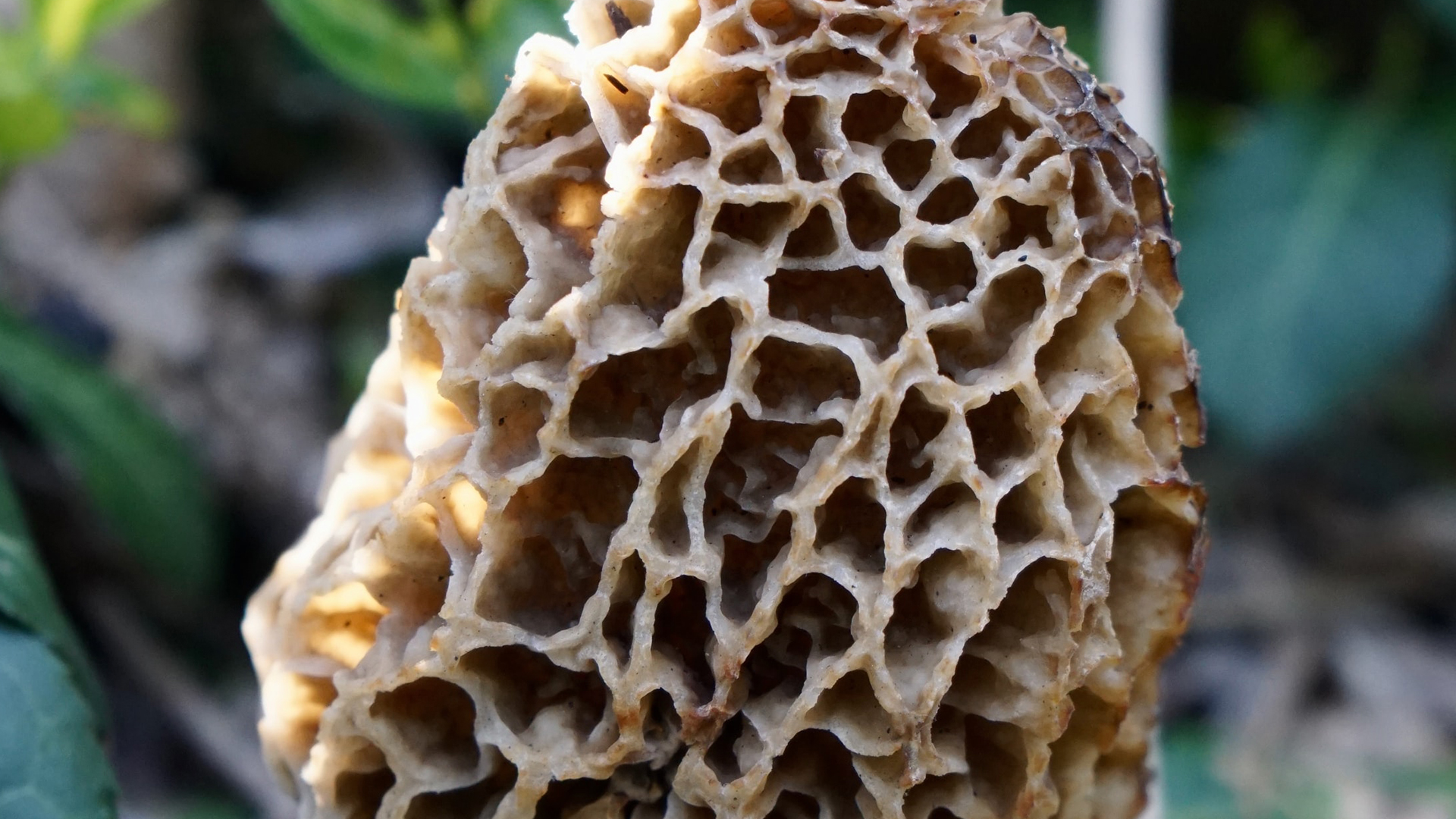by COBY BENNETT
Every spring, morel mushrooms start growing through the wilderness of portions of the South.
Now is the time to go out an collect these delectable commodities especially if you’re a forager (mushroom hunter), a chef or generally just a fun guy. Morels only grow in the wild and can’t be raised elsewhere, however, they are also quite delicious and the demand is quite high among restaurants and farmer’s markets.
The best place to start looking for the elusive fungi are warm and wet locations. They vary in size and appearance, but can typically be recognized by their honeycomb-like exterior. Their interiors are white and hollow. Be wary of false morels as they are poisonous.
One can distinguish the toxic mimic by their reddish-brown to yellow color. They have a cap that hangs to one side and are also not hollow. Usually, true morels grow around dead or dying trees including oaks, elm, ash and aspens. Areas that have been recently disturbed such as by a forest fire in the previous year or a lightly-used trail also make good places to look. Once you find a morel, look some more in the general vicinity as you’re more than likely to find a larger patch.
Morels are considered the highest quality of mushrooms with an earthy nutlike flavor and a meaty texture that makes them more delectable than the standard slimy texture that most mushrooms give. Fresh morels are also quite healthy, being high in antioxidants, vitamins, fiber and protein and low in calories.
If you’re looking to buy or sell morels, remember they’re highly perishable, making them difficult to transport and store. However, you can dry them if you wish to extend their longevity. A pound of the mushrooms can cost upwards of $20 if you’re wishing to sell them. So, if you’re in the mood for some shrooms, go out on a nature hike and keep a watchful eye.
Good luck and happy hunting.





